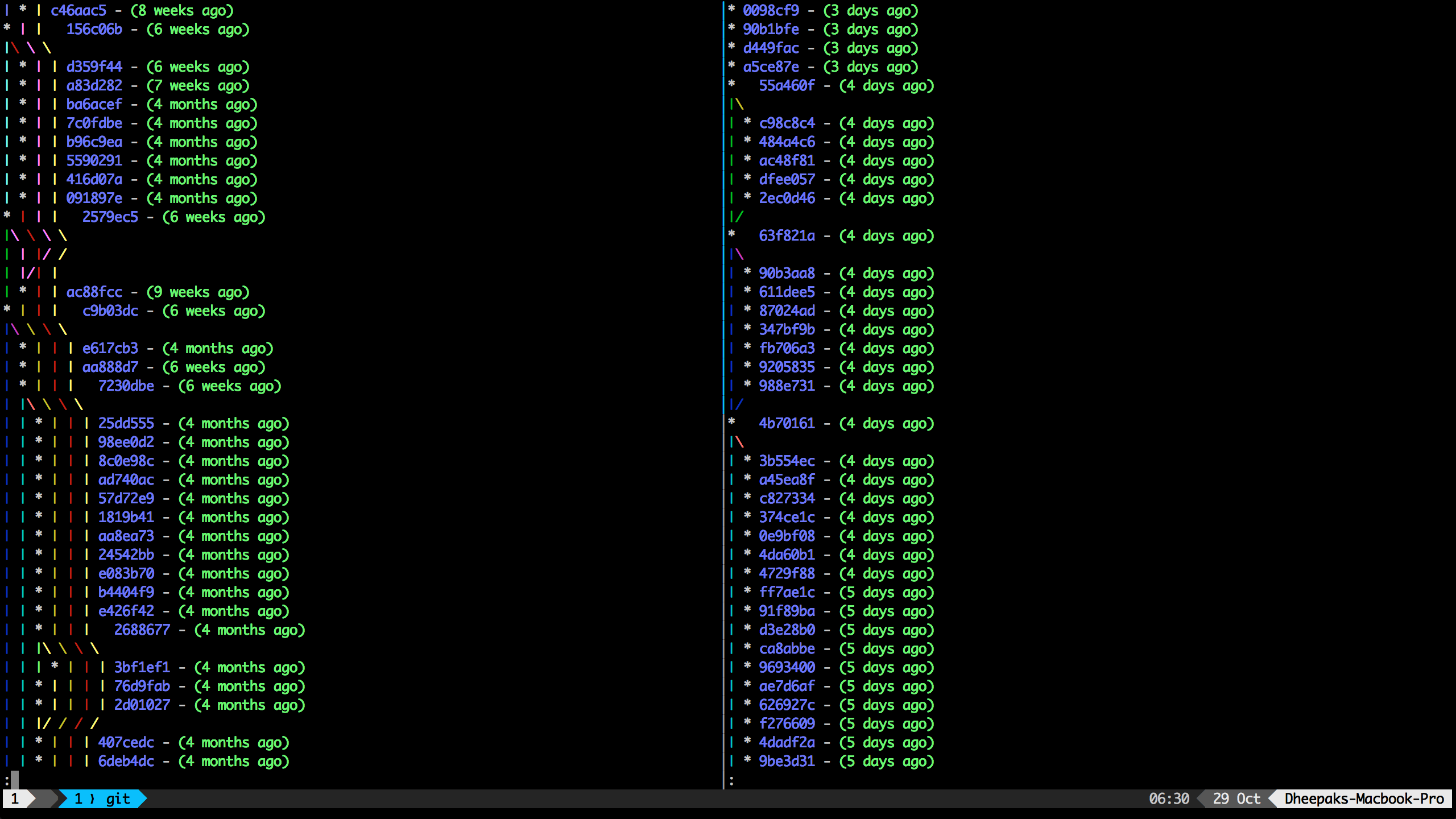Firefox version 78 is the last supported Firefox version for Mac users of OS X 10.9 Mavericks, OS X 10.10 Yosemite and OS X 10.11 El Capitan. These users will be moved to the Firefox Extended Support Release (ESR) channel by an application update. This will provide security updates until the next ESR update in July 2021, after which the affected users will no longer receive security updates.

While Apple does not have a public policy governing security updates for older OS X releases, their ongoing practice has been to support the most recent three releases. The last security update applicable to OS X 10.11 was made available in July 2018. Unsupported operating systems do not receive security updates, have known exploits and can be dangerous to use, which makes it difficult to maintain Firefox on those versions.
Up until July 2021, we will be updating affected users with critical security updates through the Firefox ESR channel to help retain the best possible security. After this, no security updates will be provided.

You can remove Firefox 3.1 Beta 3 through the Control Panel in the Start Menu on Windows, by removing the Firefox application on OS X, or by removing the firefox folder on Linux. Removing Firefox 3.1 Beta 3 won’t remove your bookmarks, web browsing history, extensions or other add-ons. Firefox seems to get more and more a victim of the paranoia in social and cultural consciousness. May be, Mozilla should think about two separate release lines: one for paranoid main stream people who hate decisions and believe blindly in security and one for those people loving Mozilla products, but want to stay responsible for themselves. The SeaMonkey ® Project. The SeaMonkey project is a community effort to develop the SeaMonkey Internet Application Suite (see below). Such a software suite was previously made popular by Netscape and Mozilla, and the SeaMonkey project continues to develop and deliver high-quality updates to this concept. The minimum OS X version supported as of Firefox 49 is 10.9 Mavericks. Snow Leopard was supported in the previous 45 ESR build but since the newest 52 ESR version came out, that is now obsolete. Mozilla Firefox is a free and open source Web browser descended from the Mozilla Application Suite and managed by Mozilla Corporation. Firefox is the second most widely used browser. To display web pages, Firefox uses the Gecko layout engine, which implements most current web standards in addition to several features that are intended to.
If you want to keep your Firefox version up to date, you will need to upgrade your operating system to macOS 10.12 or higher. Older versions that are not supported by Apple are unreliable and unsafe to use, which also makes it difficult to maintain Firefox on those versions.
Warning:The content of this article may be out of date. This article contains historical information about older versions of OS X. See How to Report a Hung Firefox instead.
If you find a hang in an application, it is very useful for the developer to know where in the code this hang happens, especially if he or she can't reproduce it. Below are steps you can use to attach so-called 'Samples' to bug reports.
Mozilla Ex
Creating the sample on Mac OS X 10.5 (XCode < 4.2)
- When the application is still hung, open up Spin Control.app (it’s in your <tt>/Developer/Applications/Performance Tools/</tt> folder; if it is missing, install the latest Computer Hardware Understanding Development (CHUD) Tools from Apple).
- By default, sampling of any hanging application will begin automatically.
- After about 3-4 seconds, select the hanging application in the “Detected Hangs” window and click the “Interrupt Sampling” button.
- Note that sampling will quickly hog up a lot of memory if you leave it on for too long!
- When it's done parsing the data, click the 'Show text report' button; a new window will open with a couple of rows with stacktraces for all the threads in the sampled application.
- If you need to upload the sample to Bugzilla, select all the sample text, copy it into your favorite text editor, and save as a plain-text file.
- For a more detailed view of the sample data, make sure the sample you just recorded is selected in the “Detected Hangs” window and click on the “Open…” button.
Creating the sample on Mac OS X 10.4
- When the application is still hung, open up Sampler.app (it’s in your <tt>/Developer/Applications/Performance Tools/</tt> folder; if it is missing, install the latest Computer Hardware Understanding Development (CHUD) Tools from Apple.).
- Choose File > Attach...
- Select 'firefox-bin' or the hung application you want a sample from.
- Now, click 'Start recording'. Note that only 3-4 seconds usually suffice, note that this will quickly hog up a lot of memory if you leave it on for too long!
- When it's done parsing the data, you should now have a couple of rows with stacktraces for all the threads in the sampled application.
- When you have the raw Sample data, you can't just save that and attach it to a bug, because the format is not very usable (unless the developer is a Mac hacker). Export it using Tools > Generate Report, and attach this as a text file to the bug report.
The final data will show where the application spent all its time when it was hung, and hopefully your bug will be easier to fix now!
Mozilla Os X Download
See also
